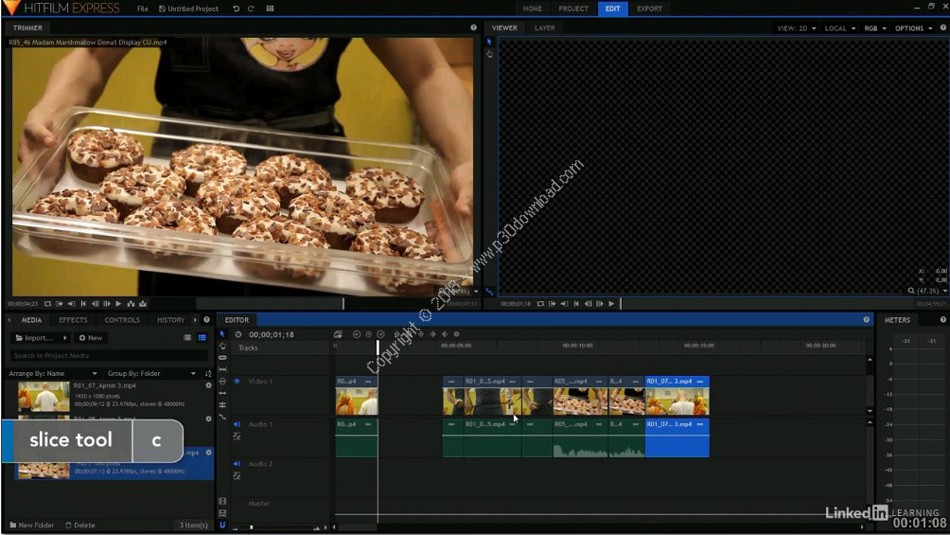

This is "only" a 100:1 compression ratio, but you still started with highly compressed footage from a lossy codec and output highly compressed footage to a lossy codec. You're exporting from Hitfilm at 30mbps to mp4. This is when you're getting into monitor/recorders like Atomos Ninja or Blackmagic camera assist. Lossless compression wouldn't be feasible as most lossless codecs tend to be low compression - 2:1 or 3:1 (Blackmagic RAW 12:1 is a rarity), and also require dedicated hardware. There is no "lossless" recording from OBS. Look at the out of focus area behind the dog and the dog's eye to see how the higher compression ratio is destroying detail. H.264 won't be as damaged, but this shows what's going on. MPEG-4 (h.264) is a more advanced version of the same basic type of compression JPEG uses - compressing 8x8 or 16x16 blocks and removing fine detail. You cannot compress video at 500:1 without damage. This is a compression ratio of nearly 500:1. Your OBS recording is probably around 6 MEGAbits/sec.
How to export hitfilm express 1080p#
The uncompressed data rate of 1080p 60fps footage is 2.98 GIGAbits/sec. Once that detail is gone it cannot be brought back. Mp4, and other lossy video encoders throw away image detail. Now, above I used the phrase "lossy" codec. I REALLY need to do my video titled "It's not your fault YouTube encoding to a certain extent there isn't much you can do here.

Ben, from this point I'm not typing anything you need to read. This is of dubious benefit - whether or not VP9 is THAT much "better" than h.264 doesn't change the fact YouTube is taking source video that was encoded with a lossy codec (and an OBS recording STARTS compressed to the breaking point), rendered from Hitfilm with a lossy codec and re-encoded by YouTube with a lossy codec. Vinniecal is up scaling to take advantage of a "YouTube hack." YouTube encodes anything higher res than 1080p as VP9 not h.264.


 0 kommentar(er)
0 kommentar(er)
